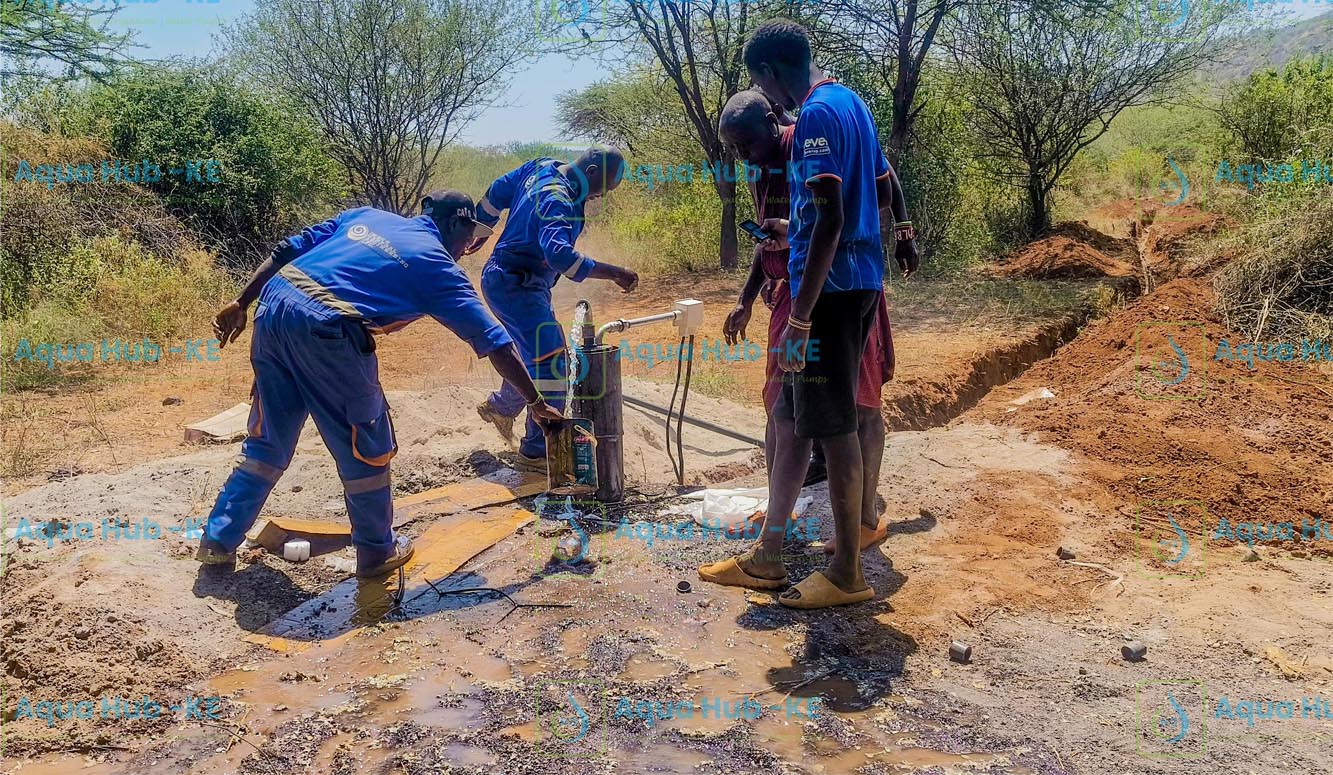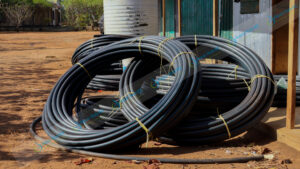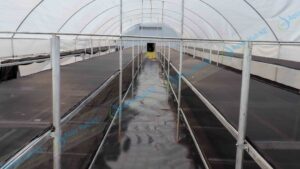If you rely on a well for your water supply whether for your home, farm, or garden then you need a submersible well pump. These robust, borehole water supply devices maintain a smooth flow of water from deep underground wells to your point of use.
This article uncovers the secrets to buying quality submersible pumps, operation, maintenance, prices and top suppliers in Kenya.
What is a Submersible Well Pump?
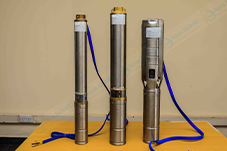
Submersible Well Pumps are used to move water from deep boreholes or wells for many home uses, irrigation or animal consumption. As the name suggests, the submersible pump creates suction and moves water while completely immersed in water.
The unique thing about submersible pumps is their silent operation and narrow design which allows them to fit in boreholes.
Get Your Submersible Well Pump From Aqua Hub LTD
We are the reliable dealers of quality water pumps in Kenya including solar and electric submersible pump types.
Call 0790719020
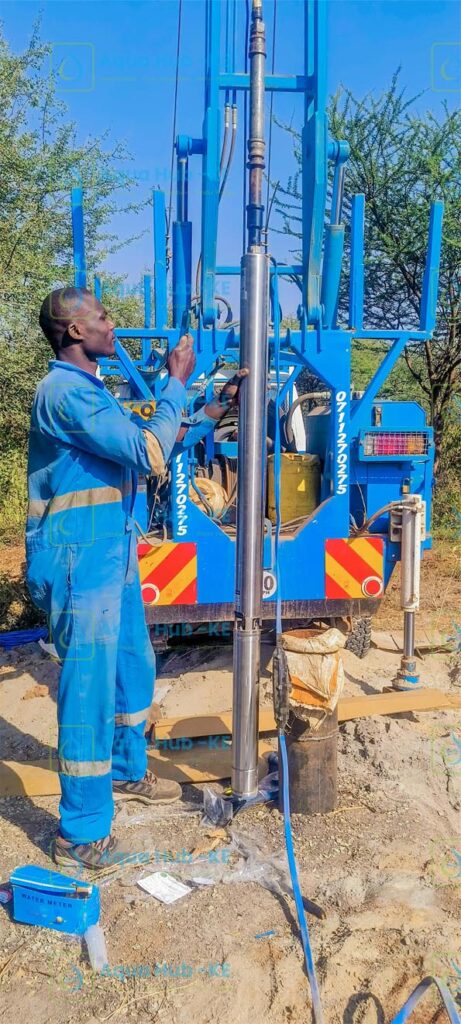
Types of submersible Well Pumps
Deep Well Submersible Pumps
These are types of water pumps that are reliable for deep boreholes or wells. They are ideal for deep boreholes with depths of up to 300m or more.
Shallow Well Submersible Pumps
Types of submersible pumps that are ideal for drawing water from shallow wells of up to 22 m deep. Also applicable in draining water from tanks or pools.
How does a Submersible Pump Function?
Submersible pumps are built with a motor and pump assembly sealed in a waterproof casing. When activated, the motor spins impellers that create pressure, forcing water up through the pipe. Because the pump is already underwater, it doesn’t need priming like surface pumps do
Submersible Pumps Vs Surface Well Pumps
| Submersible Well Pump | Surface Water Pump |
| Operates while completely submersed in water | Works while mounted on the ground surface |
| Ideal for Deep wells exceeding 23 m | Shallow wells less than 23 m |
| Does not require priming | May require priming |
| Silent operation | Noisy |
| Easier to Maintain | Quite complex to maintain |
| Higher flow rates | Lower flow rates compared to submersible pumps |
Benefits of Submersible well Pump
Submersible pumps offer several advantages over other types of well pumps:
- Energy Efficiency: submersible pumps use less energy to draw water deep below the ground surface.
- Quiet Operation: Being underwater, they’re naturally insulated from noise. They work silently, which is great for residential use.
- High Water flow rates: These pumps are powerful enough to deliver large amounts of water, making them ideal for homes, farms, and even commercial use.
- No Priming Needed: Since they’re always submerged, there’s no need to prime the pump before use.
- Durability: Submersible pumps are built to withstand harsh conditions, including sediment and pressure from deep wells.
What are the Applications Submersible Pumps
- Residential Home Water Applications: For drinking water, showers, laundry, and more.
- Agriculture and animal Use: To supply water for irrigation, and livestock use.
- Industrial Sites: For drainage, dewatering, and water supply for construction.
- Draining Stagnant water Pools: In flood-prone areas, submersible pumps can help remove excess water quickly.
If your well is deeper than 25 feet, a submersible pump is likely your best option.
How to Choose Submersible Well Pump
When looking for a submersible pump, consider:
- Well Depth: Measure the depth of your well and the static water level. Choose a pump rated for that depth.
- Flow Rate: Determine how much water you need. The required flow rates depend on your daily water needs and applications.
- Horsepower: Horsepower implies the pressure and strength of a pump. More horsepower means more power to push water. For deep wells or high demand, go with a higher HP.
- Material: Stainless steel pumps resist corrosion and last longer.
- Brand and Warranty: Choose a reputable brand with a good warranty and service network.
- Power requirement: Submersible pumps can either be electric or solar powered. Solar pumps would be ideal for places without access to electricity. Electric pumps are also effective and cheaper than solar pumps. Consider your budget and water requirements.
Common Submersible Pump Problems and Solutions
Even the best pumps can run into trouble. Here are some common issues and how to address them:
- Pump Won’t Start: Check the power supply, pressure switch, and circuit breaker.
- Low Water Pressure: Could be a clogged filter, worn impeller, or low water level.
- Short Cycling: Often caused by a faulty pressure tank or switch.
- No Water Flow: May indicate a broken pipe, dry well, or pump failure.


